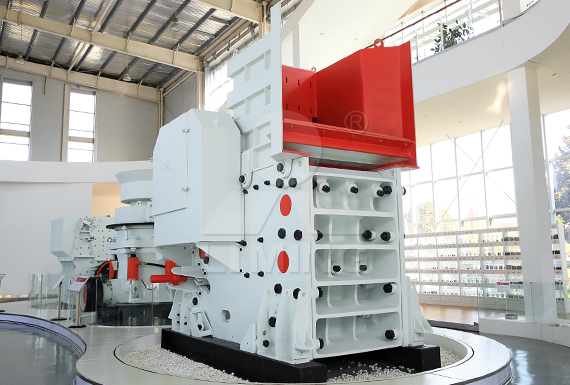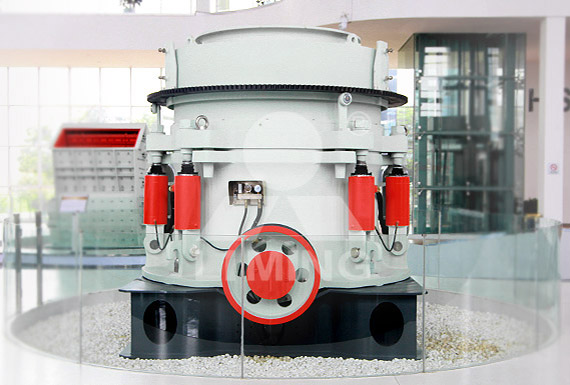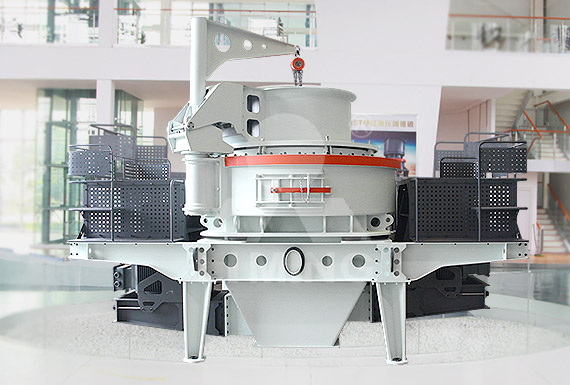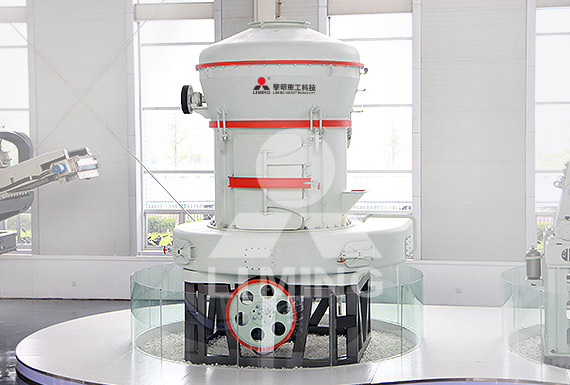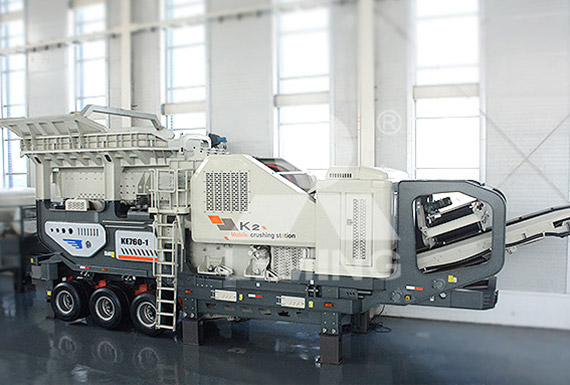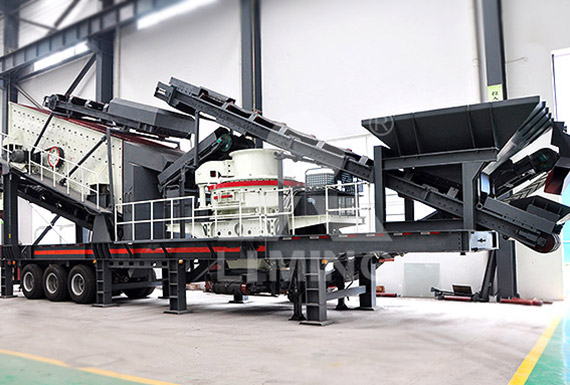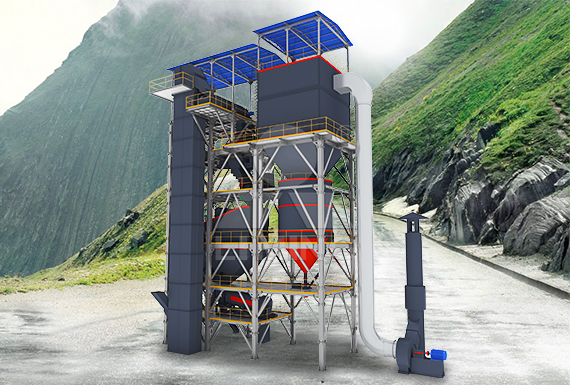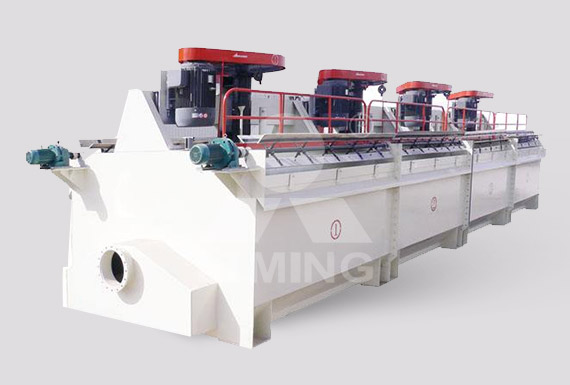المنتجات الساخنة

Fine Aggregate: Definition, Size, Density and Properties
Nov 12, 2017Fine aggregates are the structural filler that occupies most of the volume of the concrete mix formulas. Depending on composition, shape, size
Contact
Fine Aggregate Replacement an overview
Guney et al. (2010) replaced fine aggregate with 0%, 5%, 10%, and 15% WFS in concrete and observed a decrease in fluidity and the slump value of the fresh concrete. This may be due to the presence of clayey type fine materials in the WFS, which are effective in decreasing the fluidity
Contact
ALL YOU WANT TO KNOW ABOUT FINE AGGREGATE (SAND)
FINE AGGREGATE (SAND): The fine aggregate could be natural sand or crushed stone sand. The aggregate retained on a 75-micron sieve and passing through a 4.75 mm sieve is called sand. The coarser sand that has 4.75mm
Contact
Effect of PCB as partial replacement of fine aggregate and
Jan 01, 2022The remaining circuit boards are finely grounded and sieved using 4.75 mm for fine aggregate and crushed to the particle size which passed 20 mm sieve taken as coarse
Contact
Fine and coarse aggregates in construction aggregates
Oct 07, 2017Aggregates shall not be chemically reactive with alkali of cement. Depending upon the size of their particles the aggregates are classified as fine aggregates, coarse aggregates and cyclopean aggregates. Fine and coarse
Contact
SIEVE ANALYSIS OF FINE AGGREGATES All About Civil
Apr 17, 2021PROCEDURE: Take 1000 Gms of fine aggregates sample. Arrange the sieve set from top to bottom as follows 4.75 mm, 2.36 mm, 1.18 mm, 600 micron, 300 micron, 150 micron, 75 micron and Pan. After weighing the
Contact
Difference Between Fine and Coarse Aggregate Civil
Aggregates are essential components of concrete. They act as inert material in concrete. Fine aggregate and coarse aggregate are two main types of aggregate for concrete. As the name
Contact
A Study of the Effect of Fine Aggregates on the
Series A- The fine aggregnte is 100 percent sand :from Source B. -3- Series B Sands from Sources B and D combined in the proportions of 90- 10 percent by weight. Series C Sand
Contact
Aggregates Difference Between Coarse And Fine
What Is Fine Aggregate? Fine aggregates are essentially any natural sand particles won from the land through the mining process. Fine aggregates consist of natural sand or any crushed stone particles that are ¼” or smaller. This
Contact
Fine Aggregates BoDean
Specifically unique to Bodean Company’s fine aggregates are their availability in Mayacama Red (R). To ensure you choose the correct product for your project, BoDean Company experts are available for a complimentary consultation . Please connect with us at (707) 576-8205 or click here to request a free online quote. FREE QUOTE.
Contact
Implementation of a Fine Aggregate Angularity Test
Fine aggregates flow freely into a 1 OO-mL copper cylinder. By knowing the bulk specific gravity of the fine aggregate, G'b' and the weight of fine aggregate in the cylinder of known volume, the uncompacted void content can be calculated. Very angular fine aggregates will have high uncompacted voids, and more rounded fine aggregates will have
Contact
SPECIFIC GRAVITY AND ABSORPTION OF FINE AGGREGATE
fine aggregate loosely in the mold, filling it until overflowing occurs, and heaping additional material above the top of the mold. Lightly tamp the fine aggregate into the mold with 25 light drops of the tamper. Each drop should start about 0.2 inch above the top surface of
Contact
SIEVE ANALYSIS OF FINE AGGREGATES All About Civil
Apr 17, 2021The aggregate fraction from 4.75 to 75 micron is referred to as fine aggregates. Fine aggregate is the sand used in mortars, coarse aggregates is the broken stone or gravel, and all in one aggregate is the combination of fine and coarse aggregates. The coarse aggregates unless mixed with fine aggregates do not produce good quality of concrete.
Contact
Utilization of manufactured sand as fine aggregates in electronic
Jan 01, 2020This study focused on replacing natural coarse aggregates with E-plastic waste in the range of 0–16.5% and full replacement of fine aggregates with M-sand for M30 mix. The obtained results show that the 28 days compressive strength increased by up to 3% after 5.5% replacement of E-waste and then decreases for 11% and 6.5% replacement of E-waste.
Contact
Difference Between Fine and Coarse Aggregate Civil Engineering
In the following table the main differences between Fine and coarse aggregate are given: Fine aggregates are small size filler materials in construction. Coarse aggregates are larger size filler materials in construction. Fine aggregates are the particles that pass through 4.75 mm sieve and retain on 0.075 mm sieve.
Contact
Upgrading a manufactured fine aggregate for use in concrete
Nov 01, 2019A sample of fine manufactured aggregate was collected from a quarry located in the metropolitan area of Rio de Janeiro, Brazil. Petrological analyzes identified it as a gneiss from the Rio Negro Complex (Silva et al., 2015).It corresponded to the product of a vertical shaft impact crusher after classification in a vibrating screen with a 4.00 mm opening.
Contact
IS 383 (1970): Specification for Coarse and Fine Aggregates
Sep 25, 19702.1.2 Crushed Stone Sand Fine aggregate produced by crushing hard stone. 2.1.3 Crushed Grace1 Sand line aggregate produced by crushing natural gravel. . 2.2 Coarse Aggregate -- Aggregate most of which is retained on 4*75-mm IS Sieve and containing only so much finer material as is permitted for
Contact
Aggregate in Concrete Concrete Network
The FM for fine aggregate should fall within the range of 2.3 to 3.1. The FM should not change more than 0.2; otherwise, mix adjustments may be necessary. Excessively fine materials will have a higher water demand and typically result in a sticky mix. Excessively coarse material will produce harsh mixes that are more difficult to place
Contact
COARSE VERSUS FINE-GRADED SUPERPAVE MIXTURES
Sandstone fine aggregate was used with both granite and crushed gravel coarse aggregate. Two gradations, coarse gradation below the restricted zone (BRZ) and fine gradation above the restricted zone (ARZ), were used for each coarse/fine aggregate combination. These gradations for 9.5 mm mixes are given in Table 3 and are
Contact
Fine Aggregate Research Papers Academia.edu
In this work a laboratory study on the effect of gradation of fine aggregate on crack development in plaster for different cement contents is carried out and the results and analyses are presented. The effect of inadequate curing is also studied in this work. Save to Library. by Bibhuti Bhushan Bhardwaj ce21d034.
Contact
Specific Gravity of Fine Aggregate as per IS 2386 Part-3 (1963
Mar 29, 2020The specific gravity of fine aggregate (sand) is considered to be around 2.65 to 2.67. Sand particles composed of quartz have a specific gravity between 2.65 to 2.67. While inorganic clays generally range from 2.70 to 2.80. Soils with large amounts of organic matter or porous particles (such as diatomaceous earth) have specific gravity below 2
Contact
Bulking Of Fine Aggregate and Laboratory test Civil Knowledges
Take 500 grams of fine aggregate over-dried at a temperature of 100 to 110 degrees Celsius for 24 hours. This weight measure as W1. The cooled sand takes in an airtight container. So this weight measure as W2. The water content of the sample calculate as. Wc = (W1-W2)X 100/W1. In a pan, 250 grams of sand takes.
Contact
Different TypesSizes of Aggregate for Concrete
Aug 11, 2018Coarse aggregates are particulates that are greater than 9.5mm. The usual range employed is between 9.5mm and 37.5mm in diameter. Typically the most common size of aggregate used in construction is 20mm. A larger size, 40mm, is more common in mass concrete. Larger aggregate diameters reduce the quantity of cement and water needed
Contact
SPECIFIC GRAVITY AND ABSORPTION OF FINE AGGREGATE
fine aggregate loosely in the mold, filling it until overflowing occurs, and heaping additional material above the top of the mold. Lightly tamp the fine aggregate into the mold with 25 light drops of the tamper. Each drop should start about 0.2 inch above the top surface of
Contact
Determination of fine aggregate angularity in relation with
Mar 01, 2005Fine aggregate is a primary constituent of asphaltic mixtures and the amount and angularity of fine aggregate are important factors affecting the performance of HMA mixtures. There is no specification for FAA in Turkish specifications. It would be preferable to use AFNOR P18-564 “Determination of Flow Rate of Fine Aggregate” provisional
Contact
RHODE ISLAND DEPARTMENT OF TRANSPORTATION
FINE AGGREGATES RESULTS 2010 VENDOR NUMBER : 103 RHODE ISLAND DEPARTMENT OF TRANSPORTATION MATERIALS SECTION Sieve Analysis of Fine and Coarse Aggregate Unit Weight and Void in Aggregate Specific Gravity and Absorption of Fine Aggregate Amount of Material Finer than # 200 Sieve in Aggregate Organic Impurities in
Contact
Sieve Analysis of Fine Aggregates || Procedure and Test Results
The Aggregates (fine + coarse) generally occupy 60% to 75% of the concrete volume or 70% to 85% by mass and strongly influence the concrete’s freshly mixed and hardened properties, mixture proportions, and economy. All Aggregates pass IS 4.75 mm sieve is classified as fine Aggregates. All aggregate technicians use the sieve analysis
Contact
What is fine aggregates? Answers
Oct 25, 2009Best Answer. Copy. Fine aggregates are the aggregates whose size is less than 4.75 mm. Example: Sand is used as fine aggregate in the preparation of concrete and cement mortar. Wiki User.
Contact
What are the different tests for fine aggregates? Quora
Answer: Go through IS: 2386 -Methods of test for aggregates for concrete: (Part 1):I963 Particle size and shape iitk.ac/ce/test/IS-codes/is.2386.1.1963
Contact
Aggregate in Concrete Concrete Network
The FM for fine aggregate should fall within the range of 2.3 to 3.1. The FM should not change more than 0.2; otherwise, mix adjustments may be necessary. Excessively fine materials will have a higher water demand and typically result in a sticky mix. Excessively coarse material will produce harsh mixes that are more difficult to place
Contact
Aggregate Size In Concrete Coarse Vs Fine Aggregate
Feb 03, 2022Coarse aggregate is any material whose particles are anywhere from 3/8 inches and 1.5 inches in width. This is the size of aggregate often used in road construction. Fine aggregate: Most fine aggregates consist of crushed stone or natural sand. Most of the present particles must be able to pass through a 3/8-inch sieve.
Contact
The Effect of Aggregate Properties on Concrete
Coarse aggregate is usually greater than 4.75 mm (retained on a No. 4 sieve), while fine aggregate is less than 4.75 mm (passing the No. 4 sieve). The compressive aggregate strength is an important factor in the selection of aggregate. When determining the strength of normal concrete, most concrete aggregates are several times stronger than the
Contact
COARSE VERSUS FINE-GRADED SUPERPAVE MIXTURES
Sandstone fine aggregate was used with both granite and crushed gravel coarse aggregate. Two gradations, coarse gradation below the restricted zone (BRZ) and fine gradation above the restricted zone (ARZ), were used for each coarse/fine aggregate combination. These gradations for 9.5 mm mixes are given in Table 3 and are
Contact
Fine Aggregate Sieve Analysis intotheBOX
Oct 12, 2021Fine aggregate is a naturally occurring sand particle quarried from the land through the process. It is the granular material used to produce concrete or mortar. The difference lies between coarsefine aggregate are their differences in their size. Fine aggregates generally consist of natural sand or crushed stone with most particles passing
Contact
SIEVE ANALYSIS OF FINE AND COARSE AGGREGATE
sample size in order to determine the gradation of fine aggregate. DOTD TR 113-11 Rev. 12/11 Page 5 of 19 Method A Method of Test for SIEVE ANALYSIS OF FINE AND COARSE AGGREGATE DOTD Designation: TR 113-11 Method A I. Scope This method of test is used to determine the particle size distribution of aggregates by dry
Contact
Optimization of the Fine to Coarse Aggregate Ratio for the
Nov 17, 2020A higher fine aggregate content affected the compressive strength of mixtures with a constant w/c ratio. Although there was not a big difference in the compressive strength of concrete mixtures, there was a slight shift in the increment of strength after the FA/CA ratio increased from 0.8 to 0.9. The increase in the compressive strength with
Contact
Classification of Aggregates Based on Size and Shape -Coarse and Fine
The soft deposit consisting of sand, silt, and clay is termed as loam. The purpose of the fine aggregate is to fill the voids in the coarse aggregate and to act as a workability agent. Fine aggregate: Size variation: Coarse Sand. 2.0mm 0.5mm. Medium sand. 0.5mm 0.25mm. Fine sand. 0.25mm 0.06mm. Silt. 0.06mm 0.002mm.
Contact